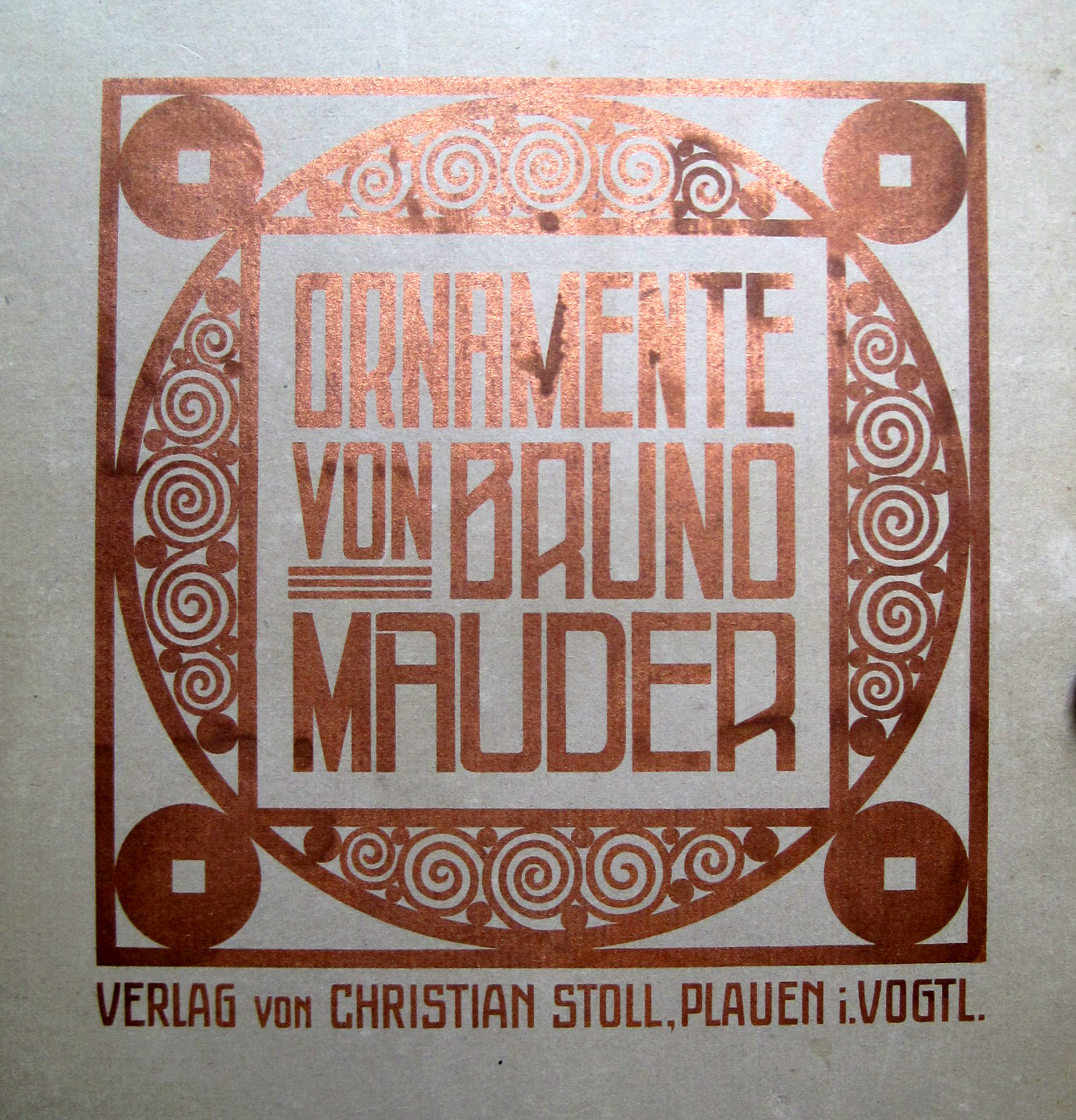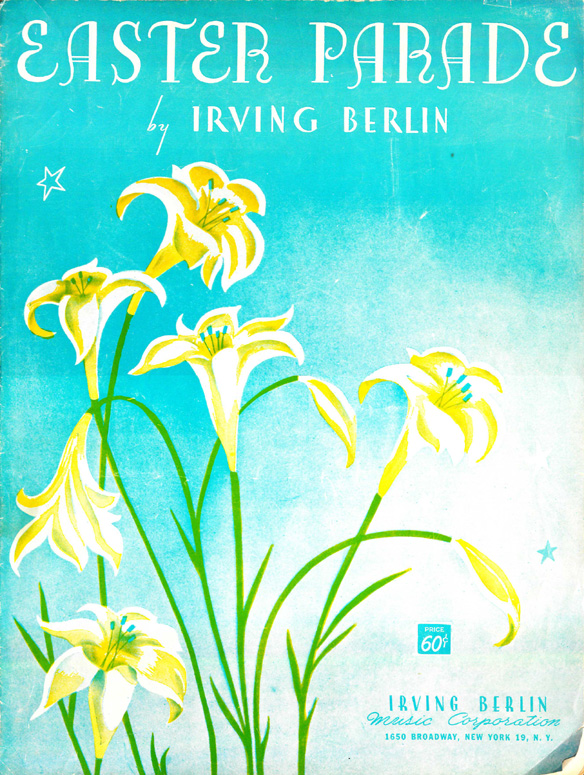According to the author’s text in The Home Decorator and Color Guide (1939), the images in this booklet, “are not meant to be examples of what in any absolute sense more »
Tag: Elizabeth Broman
All incoming students in The New School Parsons History of Design and Curatorial Studies (MA) Masters’ Degree Program at the Cooper Hewitt, Smithsonian Design Museum take an object and research based class called Pro-Seminar. This course trains students in conducting formal analyses, writing catalog entries, and making visual presentations that require students to conduct and integrate primary and secondary source research. Students select one work from the museum collection to study during this first semester, that ”work” can be a book from the Cooper Hewitt Design Library presented by staff during curatorial orientations. Phobia was chosen as a Pro-Seminar topic by Joseph T. McPartlin in the fall of 2015.
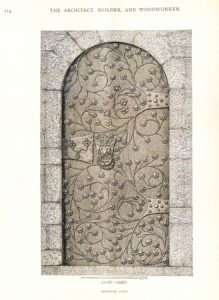
The Cooper Hewitt Library collects a variety of trade periodicals, especially those dealing with architecture and the building trades. The Architect, builder and woodworker is a journal of industrial art that offers practical and technical information for anyone with the skill and interest in designing a home or other building. We own nearly 100 issues ranging from 1875-1895. Architecture as a profession at this time was just emerging; master builders, draftsmen, and craftsmen created structures and the features and furnishings in them
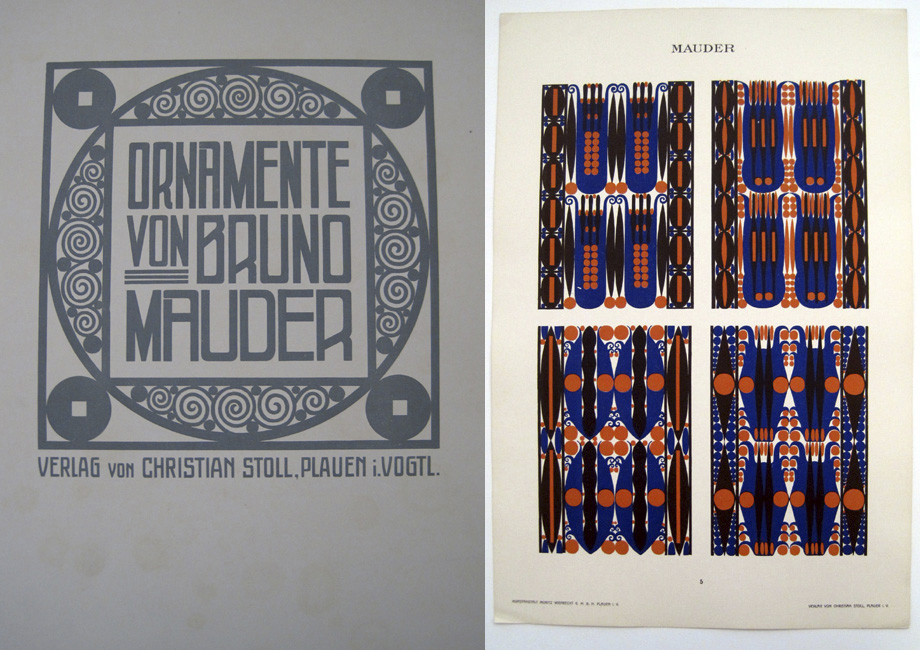
Studying Design
All incoming students in The New School Parsons History of Design and Curatorial Studies (MA) Masters’ Degree Program at the Cooper Hewitt, Smithsonian Design Museum take an object and research based class called Pro-Seminar.
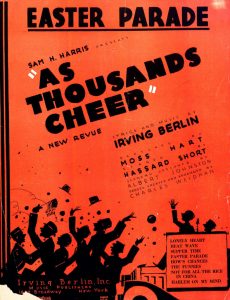
“Easter Parade” is still a popular song- lots of little kids today know this old tune from their musical animal toys. You might know the lyrics and tune to sing along with the first 2 lines of the chorus of “In your Easter bonnet, with all the frills upon it…” Written by Irving Berlin in 1933, the song was also the basis of the iconic 1948 movie musical starring Judy Garland and Fred Astaire. The song was introduced by Marilyn Miller and Clifton Webb on Broadway as part of the musical revue As Thousands Cheer (1933), in which musical numbers were strung together on the thematic thread of newspaper headlines and the lives of rich and famous people.
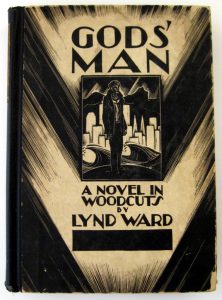
The Cooper Hewitt Library regularly collaborates with the Cooper Hewitt, Smithsonian Design Museum on exhibitions and publications, providing images, books and other related materials from our Special Collections that complement the theme of a show. We are often asked to seek out new materials for possible inclusion in upcoming exhibitions. This past summer, in looking for books and related materials from the 1920’s and early 30’s for an exhibition, the Library acquired several novels selected for their Art Deco-style graphic dustjackets. A beautifully illustrated book with a striking black and white dust jacket titled Gods’ man : a novel in woodcuts , by the artist printmaker Lynd Ward (1905-1985) aroused my curiosity. It was what was referred to at the time of its publication in 1929 a “wordless novel” – what we can refer to today as the “graphic novel”. It is a narrative genre that uses sequences of captionless pictures to tell a story. Gods’ man was the first of six wordless novels created by Lynd Ward during the years 1929- 1974, and the first American wordless novel.
Gold rush : a multi-page serigraph by Jill Timm. Wenatchee, WA : Mystical Places Press, 2013. This intriguing title Gold Rush, represents three of the Cooper-Hewitt Library’s special collecting interests all more »


